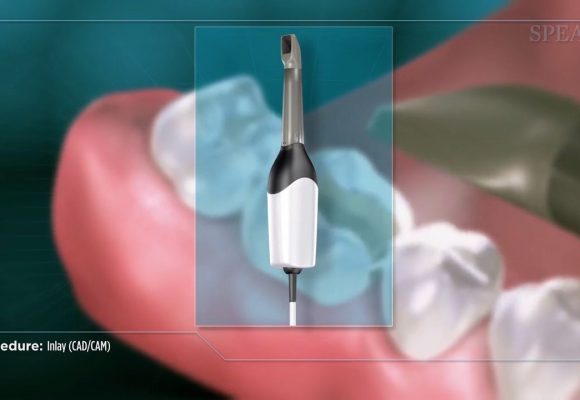When a tooth is lost, whether to an injury or decay, if the empty space left behind is not occupied the structure of the mouth can begin to alter as a result. This can lead to progressive adverse effects that should be reviewed with your dentist.
To start, the immediate area where the tooth is lost suffers adverse changes in the bone and gum support, typically in the form of tissue loss.
These changes can spread to the neighboring teeth, resulting in loss of bone support and the teeth drifting into the vacated space.
Additionally, opposing tooth begins to move into the space in a process called over eruption- further jeopardizing the surrounding bone structure and teeth.
These movements can lead to issues with a patients bite, as the teeth gradually become mis-aligned.
As time passes the severity of damage to the mouth can escalate, as well as the measures needed to remedy it. Your dentist is the best resource to recommend a treatment plan to fit your unique situation.
Copyright © 2018 Spear Education. All rights reserved.
Related Articles

Recurrent Decay (Around a restoration)
Zelfs nadat een tand is hersteld, kan soms het verval opnieuw verschijnen en de structuur…
Read more
Inlay (CAD/CAM)
When repairing a cavity, an inlay can restore your tooth in a more durable manner…
Read more
Filling Versus Crown (CAD/CAM)
When a tooth has been compromised by decay, your doctor may choose to use a…
Read more